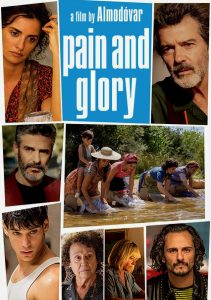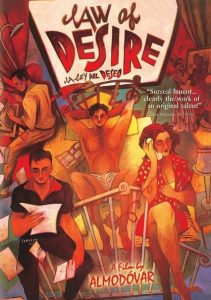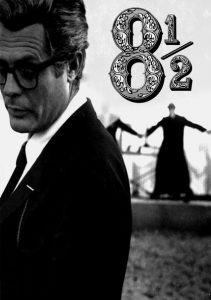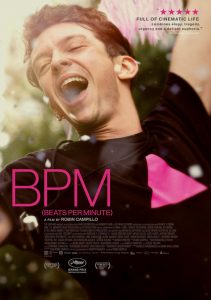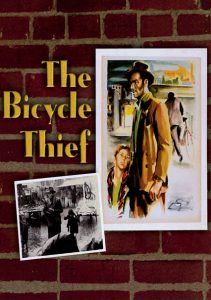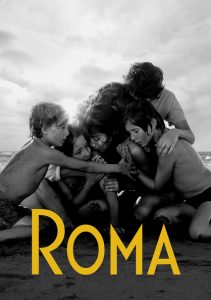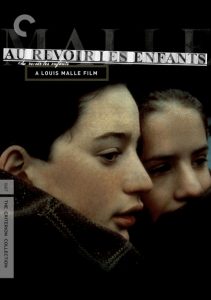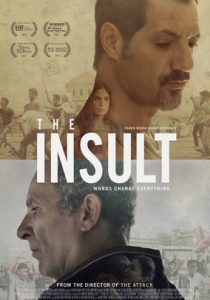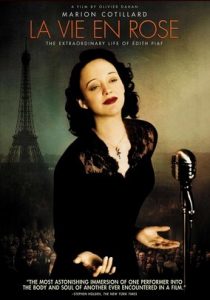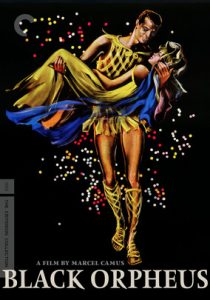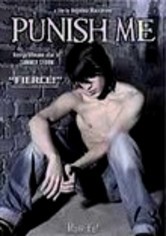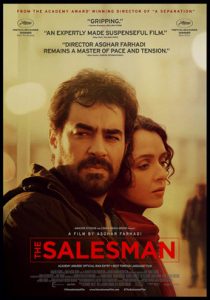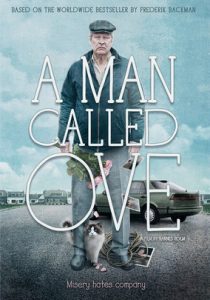Corpus Christi-2019
Director Jan Komasa
Starring Bartosz Bielenia
Scott’s Review #1,082
Reviewed November 14, 2020
Grade: A-
Questions of faith and redemption enshroud the powerful film, Corpus Christi (2019), directed by Jan Komasa, a Polish filmmaker.
Many viewers may not have the patience to endure the film’s slow pace, but I’ve seen enough of these quiet films to know that the payoff is usually worth the time invested.
I was right and there is a prize to be awarded at the end of the film while gradually sucking the viewer in along the way.
Komasa creates some beautiful camera work and shows what life is like in a small Polish village, but the culminating story and its afterthought are the main attraction.
I imagined myself living in this sleepy village where church and religion are the main highlights, while scandal and gossip seep below the surface. The church where some of the action takes place is stunningly beautiful.
Juvenile delinquent, Daniel (Bartosz Bielenia), resides in a Warsaw detention center, serving time for second-degree murder. He has bonded with the resident priest, Father Tomasz (Lukasz Simlat), and is spiritually awakened, determined to become a priest himself.
He is disappointed to learn that this is an impossibility due to his conviction.
Released and sent to work doing manual labor in a sawmill, Daniel stops in the village church to pray and pretends to be a priest. Assuming he is a real priest, the local priest asks him to fill in for him, which he eagerly does temporarily.
The main ingredient of the story is the plight of Daniel and his yearning for redemption, and this is wise on the part of the screenwriter (Mateusz Pacewicz).
In a more conventional story, Daniel might pretend to be a priest to avoid capture or a redundant existence at the sawmill. Instead, Daniel desires to be a priest, and he wants to do right by the parishioners who are warm to his overt and unconventional style.
He is seen as a leader and a moral compass, and Daniel adores and needs that.
Other side stories emerge to complement the main story and flesh out the happenings even more. This gives supporting characters more to do than merely support Daniel’s story.
This is a refreshing choice, making it more of an ensemble piece.
A recent car wreck has devastated the village, angering the inhabitants. The driver, reportedly a drunk, killed several teenagers and himself in the crash. His widow bears the rage of the villagers, receiving hate letters and nasty notes written on her house.
Marta (Eliza Rycembel), whose brother died in the accident, sympathizes with the widow and wants the driver to be buried alongside the other victims, but everyone else refuses.
Marta’s mother, a religious woman, is conflicted and devastated. The mayor supports the villagers in their anger, even going so far as to threaten Daniel. A fellow inmate spots Daniel and blackmails him. Marta and Daniel begin an affair.
There is so much going on with the different characters that the film could be turned into a miniseries.
Despite the slow pace, I became fully immersed in the lives of the villagers and began to care about the conflicts of other characters, not just Daniel’s.
Inevitably, questions will need to be answered. When will Daniel be found out? Who will rat him out, or who will harbor his secret? What will happen to him if he is discovered? How will Marta react to the news? These questions constantly went through my mind as the plot unfolded, which kept me wonderfully engaged.
Bielema is fantastic in the lead role. The complexities of Daniel are seen during intense sequences when he abuses drugs, has tawdry sex, and bludgeons a fellow inmate during a bloody fight. He is not always the peaceful young man befitting of a priest.
But that makes the character nuanced and complicated.
Corpus Christi is about conflict and characters wrestling with their demons. It’s a character study. Marta, her mother, the widow, the priest at the youth detention center, and Daniel’s prison buddy are all multi-dimensional.
Each of the central characters faces a demon: regret, sorrow, conflict. This is what makes the film so intriguing.
The events unfold at a slow but steady pace, sure to enrapture the thinking man’s viewer.
A similar American film would be Paul Schrader’s First Reformed (2017), starring Ethan Hawke.
Corpus Christi (2019) requires no explosions, CGI effects, bombs, or car chases to captivate the viewer and convey a truthful story grounded in honest emotion.
Oscar Nominations: Best International Film


